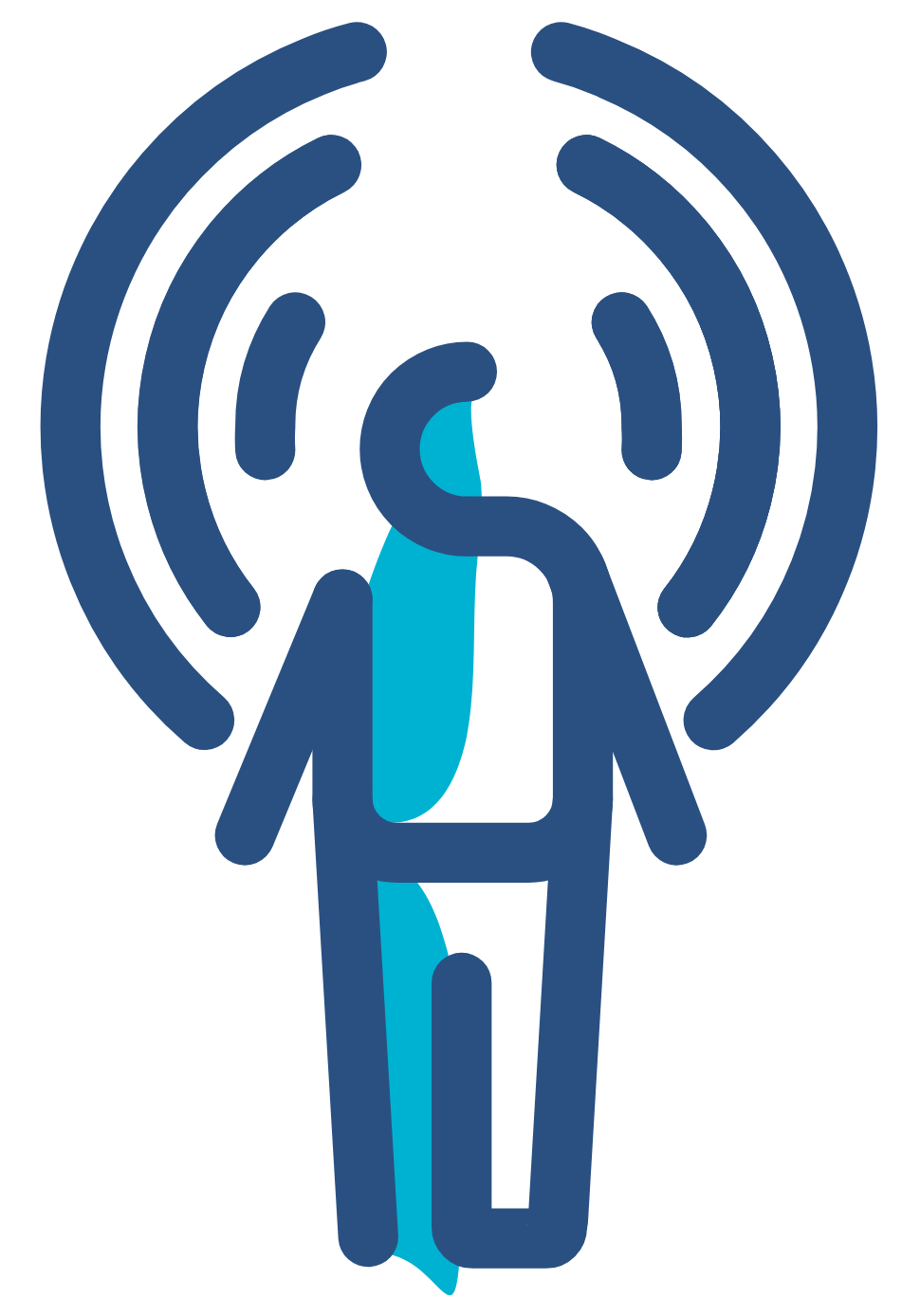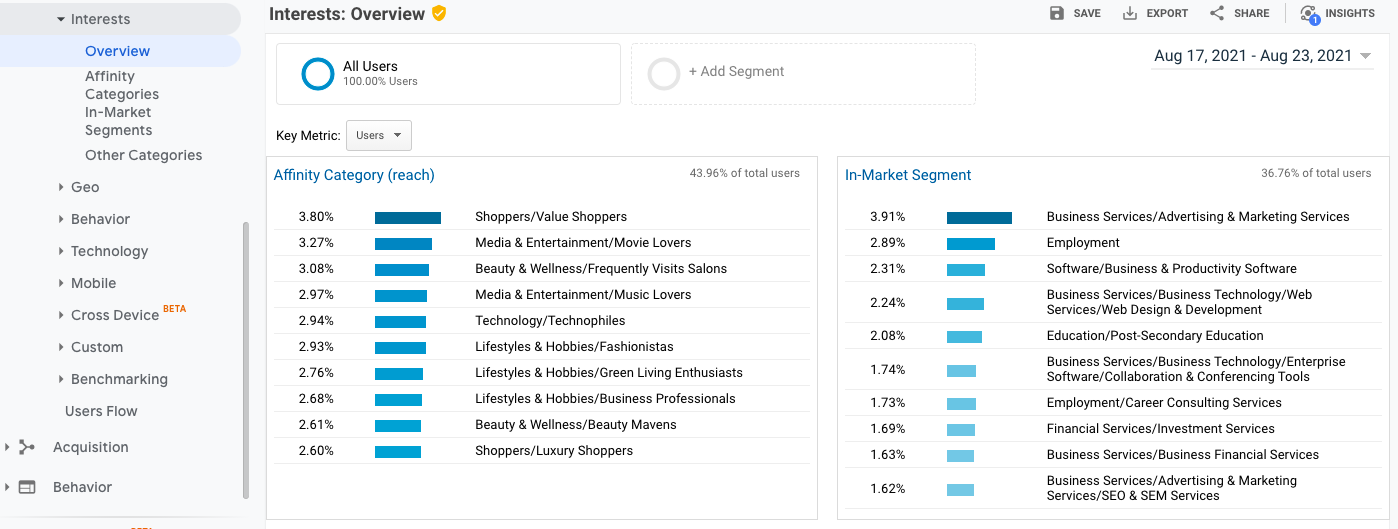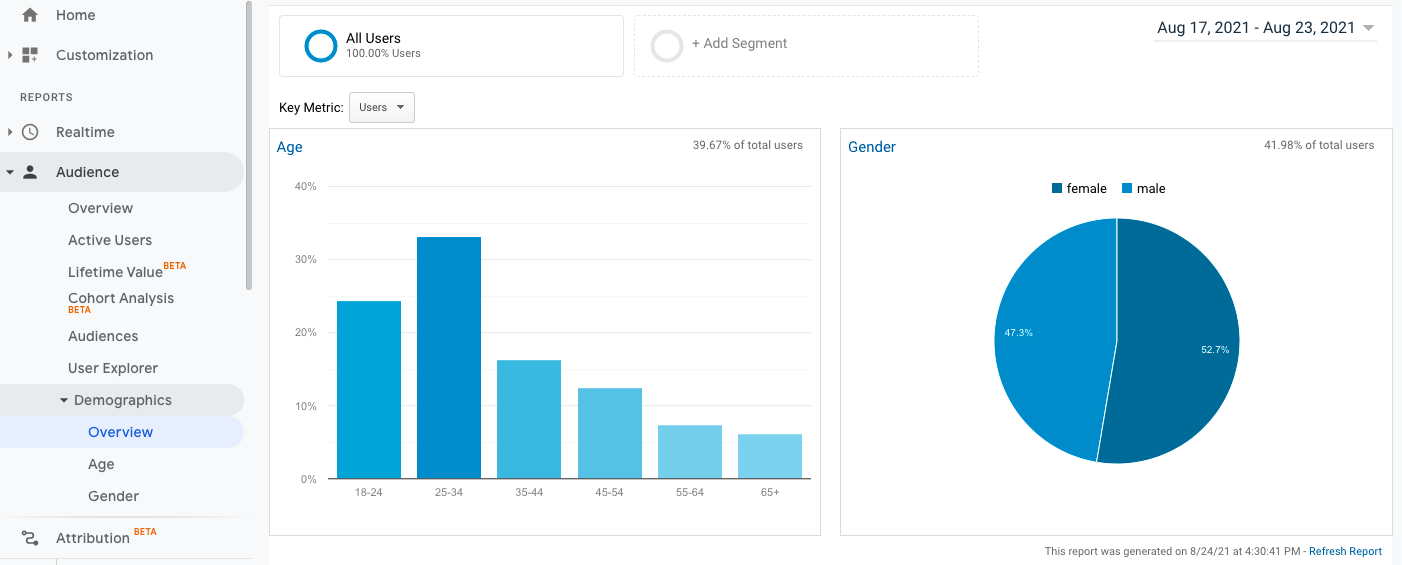
Target Audience Analysis: What Is It? How to Do It?
Last update: 24 October 2022 at 10:43 am
Everyone wears shoes, but not everywhere wears heels. If you sell designer pumps, you will want to know how to market to target the people who want your specific shoes. Target audience analysis is how to do that.
Your brand’s success relies on marketing efforts that collect demographic and psychographic data of not only your existing clients but potential customers who are interested in what you are selling as well.
Digital marketers should have a marketing strategy that uses target group analysis as a core function of data collection to ensure their content reaches the right customers.
Targeting the right audience gives you a competitive edge against brands that offer services similar to yours.
It all comes down to brand awareness, which is how familiar your customers are with the content, product, or services you offer. Understanding your audience and how to use audience data will help your marketing message reach its target customer.
Target Audience Definition
Your target audience is the foundation of your brand and should be one of the main focuses of all market research.
Different brands often seek to influence and inspire the same audience demographic. Still, when you have all of the data, you can go beyond that and tap into unknown audiences who may also be interested in your products.
A target audience is the group of people most likely to buy a product or service you offer.
By doing target audience research, you can find out the purchase behavior of a specific audience. This allows you to create content designed to reach these consumers.
What Is An Example Of Target Audience?
There is your market and your audience. It is worth defining this a little further to avoid any confusion.
Your target market is the group of customers your marketing strategy is trying to reach.
Your target audience is a specific group within your market that you aim to reach with advertisements.

Let’s take a look at some target audience examples to understand the difference better.
A car salesman’s market is people who are looking to buy a car. With market segmentation, you can break that data down further to define the needs of the groups within that market.
You may run an ad about a new eco-friendly car that seeks to reach within your market to target those consumers who are environmentally aware. That group of eco-conscious consumers is your target audience in this case.
Here are some general target group audiences:
- Age-based groups
- groups with similar interests
- Groups divided by gender
- geographic, regional, and local audiences
- Family audiences
- groups with similar socioeconomic status
How Do You Evaluate your Target Audience?
To reach your audience, you need to know how to evaluate them. Defining your target audience starts with analyzing your audience.
You need to get in-depth demographic data that you can use to improve the customer experience. This is what target audience analysis is about.
A savvy content marketer is already aware of the different phases of the marketing funnel. They know that it isn’t enough to target groups of people with content – it has to be the right content for the funnel phase they are in.
Audience analysis is used to evaluate your audience. It is not just done with content marketing on social networks or in an on-page SEO project, but it is at the forefront of all project management.
Reaching the right customer with the right message is the universal goal here.
Why Is Audience Analysis So Important?
All the data you collect helps identify areas to improve your strategies and reach more potential audiences.
Every year almost 37$ billion is wasted from ads that do not reach their target audience. By using analytics tools, you can understand the needs of your own audience and avoid wasting money reaching the wrong audiences.
In the example above, target audience analysis was critical in learning valuable insights on existing customers to learn which ones most likely buy an eco-friendly car.
Content marketers need to collect data on demographics to sell their brand and address customer pain points. Using your audience’s consumer data effectively can cut your marketing costs, beat your competition, and engage your customers more effectively.
What Are The Three Types Of Audience Analysis?
Audience analysis breaks down into three types:
- Demographics
- Psychographics
- Situational analysis
Analyzing all types of this data at the same time is how you know how to reach a specific target audience. This can apply not to business but also to public speaking as well.
This strategy does not omit errors in judgment, but it aids you in choices topics, languages, and styles that appeal to your audience.
That is why it is a cornerstone of all marketing strategies, and why you should use it. Let’s break down the three types of analysis further.
Demographics
The demographic information of specific groups of people includes their age, sex, marriage, income, and education.
Considering the demographic factors of your audience is vital in social media marketing when considering the organic promotion of your content. Developing an understanding of these audience demographics allows you to create a strategy that accordingly fits the age or gender.
Psychographics
This subset of data refers to the values, opinions, attitudes, and beliefs of your audience. This data isn’t often as clear-cut as age or income data.
While two people may share the same opinion of what shoe style is best, they may have different standards on what color, brand, and price point is considered the best.
By understanding the psychographics of your consumers, you allow yourself to understand potential pain points that may come along during the customer journey.
Take a look below at the different types of audiences Sortlist receives. From this data, we can better gear our services to their wants and needs.

Situational Analysis
Knowing how to adapt your content and approach based upon the size of your audience and why they are your customers is essential to staying connected with your target group.
Situational analysis is all about understanding what distractions or challenges they face in the environment, whether a web page or a showroom.
A Marketing Strategy That Reaches Your Target Audiences
Reaching your target group of customers requires you to look into more than just the demographic.
Target audience analysis will help you understand what’s important to your customer and what problems your product or service can solve for them. This market strategy is vital for both profit and non-profit content marketing.
Target audiences can be evaluated in a few different ways.
Use Facebook and Instagram Insights
Social media channels like Facebook and Instagram are all about creating content to reach a target group.
Social media influencers know that the only way to produce engaging content that reaches their followers is to explore the necessary data that both platforms provide via Facebook insights.
By tracking metrics such as likes, follows, and profile visits, influencers can study the success of their blog post or video and see what content gets them the most engagement.
These audience insights are essential for creating successful social media influencer marketing campaigns.
If you are looking to start increasing your social media presence for your business, consider working with a qualified social media agency to help get you started.
Google Analytics
Google is the most popular search engine, and it’s the first place people go to search for what they need.
Google Analytics collects information from websites, keeping a record of visits, time spent on each visit, and other customer behaviors. These statistics are vital in understanding your existing audience and how to reach them.

Customer Surveys And Groups
Sometimes the best way to understand your content consumers is to ask them yourself.
Conducting surveys helps know what your known audiences are happy with and what they want more of. Guiding focus groups allow you to test the impact of your content on unknown audiences.
Make The Data Work For You
Regardless of what services or products you offer, target group analysis helps you creating a buyer persona. This persona or profile of information depicts what the ideal customer is looking for.
Buyer personas exist in all types of content marketing to make data into an actionable strategy. By analyzing your audience and using that data, you will see many cost-saving benefits.
You will see lower advertising and marketing costs because you know exactly what your audience is looking for. There is no guesswork in data.
You will have confidence in your content and understand your content. This will allow the services to get to your followers who are looking for them. In turn, you will see an increase in customer loyalty and retention.
This is not about reaching your existing customer base, but you will also discover new audiences. You will also gain a competitive edge over your competition and have a deeper market reach.
Once you understand how to define your market, audience and analyze that data, the benefits of utilizing target audience data are clear. Reach your target group today and start using target audience analysis to reach your audiences now.





